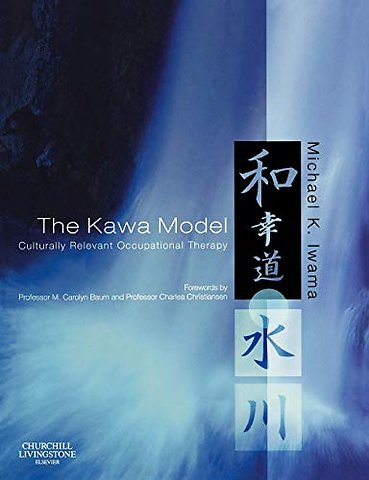The Kawa Model
Culturally Relevant Occupational Therapy
Samenvatting
This book presents a new conceptual model of practice in occupational therapy that differs from current theories. The model is based on the metaphor of a river that stands for the meanings of life, and is the first conceptual model from outside the West. It is easy to comprehend, simple and effective.A 'must-read' for all students of occupational therapyThe first substantial work in occupational therapy from outside of the Western worldIntroduces an Eastern perspective on matters of theory and culture in occupational therapyEight case studies, four from Western practice contexts and four from the EastDeveloped by clinicians and practitioners for their peersQuestions the cultural boundaries of occupational therapy, its knowledge (epistemiology), theory and practice. It puts the reader in touch with the cultural nature of self, client and professionEnables readers to develop critical analysis skills for examining matters of theory and culture, as opposed to learning theory as 'recipes'

